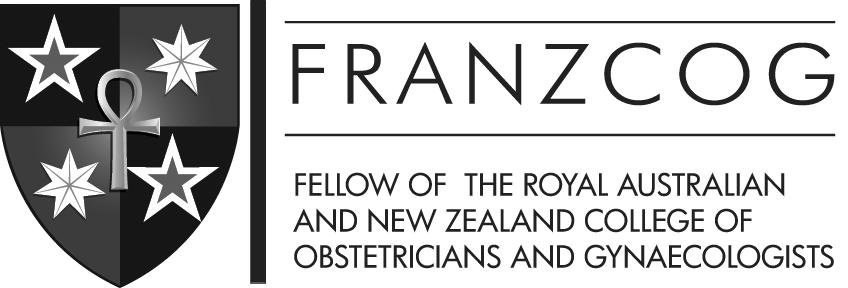Trisomy 21 (Down’s syndrome, Trisomy 18 (Edward syndrome) or Trisomy 13 (Patau syndrome) is screened for by analysing free DNA fragments in the maternal circulation.
A blood test is taken after 10 weeks and cell free DNA in the maternal blood is isolated and tested for the above trisomies. If it returns a high risk result, a chorionic villus biopsy or amniocentesis is needed to make a diagnosis. It is a better but more expensive test than a FTS and can also test for other genetic abnormalities and the sex of the baby. It takes around a week for the results to return.
NIPT can also determine if the baby is Rhesus negative or Rhesus positive in women with a negative blood group. The test is covered by medicare and done between 20 and 24 weeks.
More information is available here.






